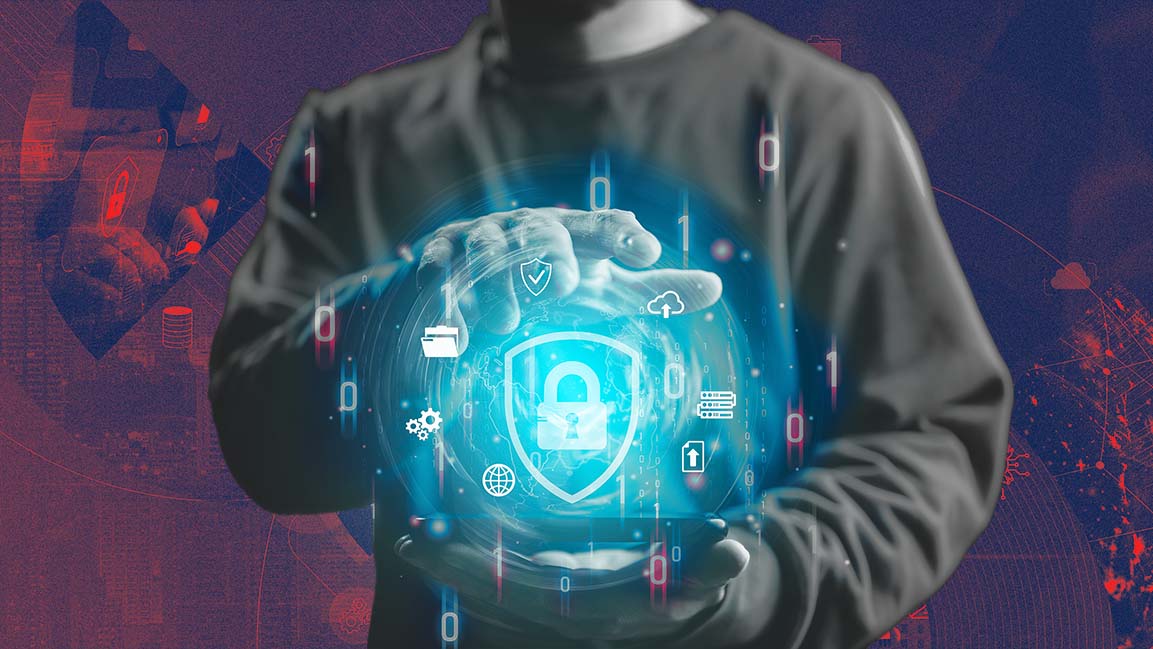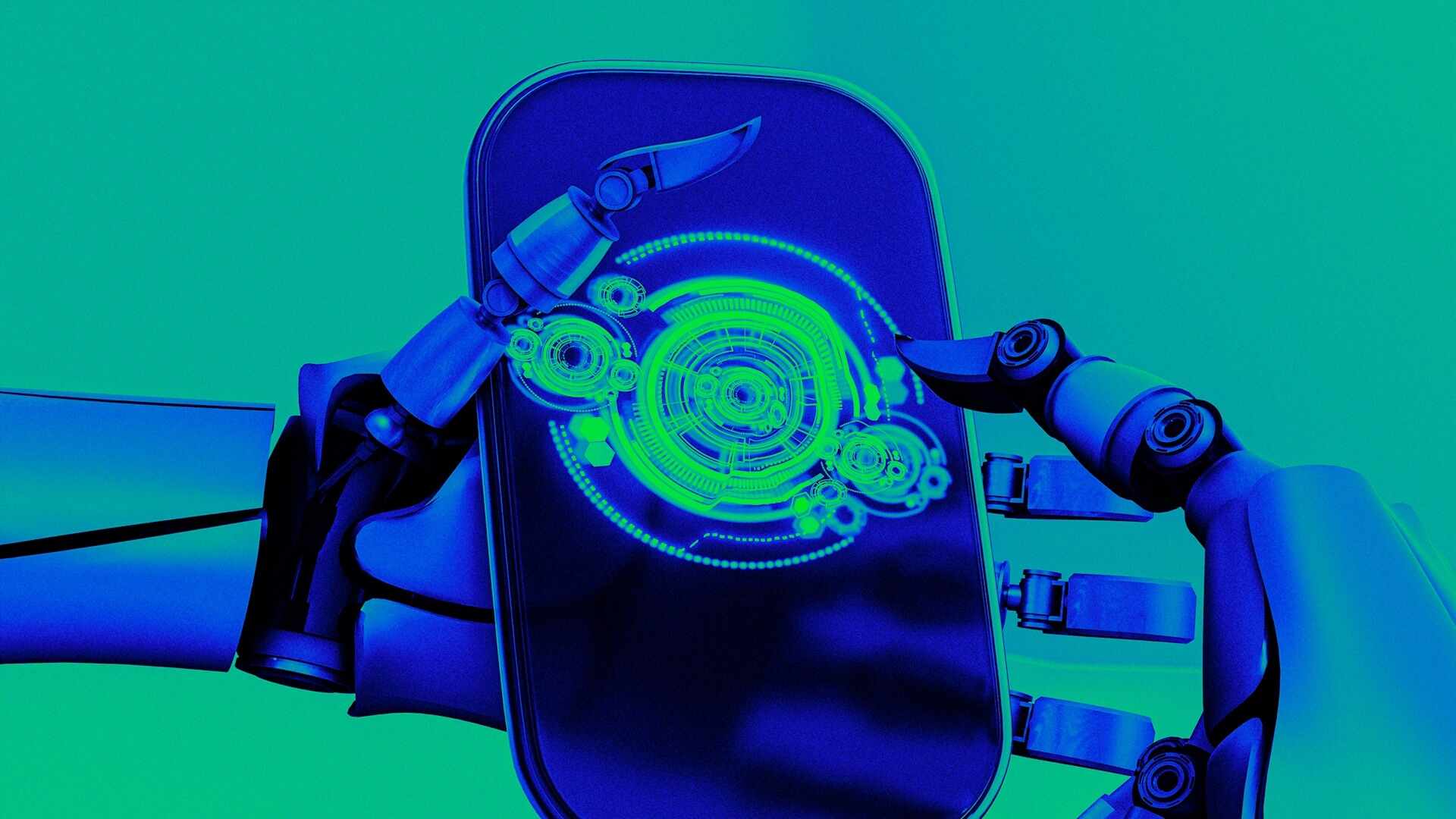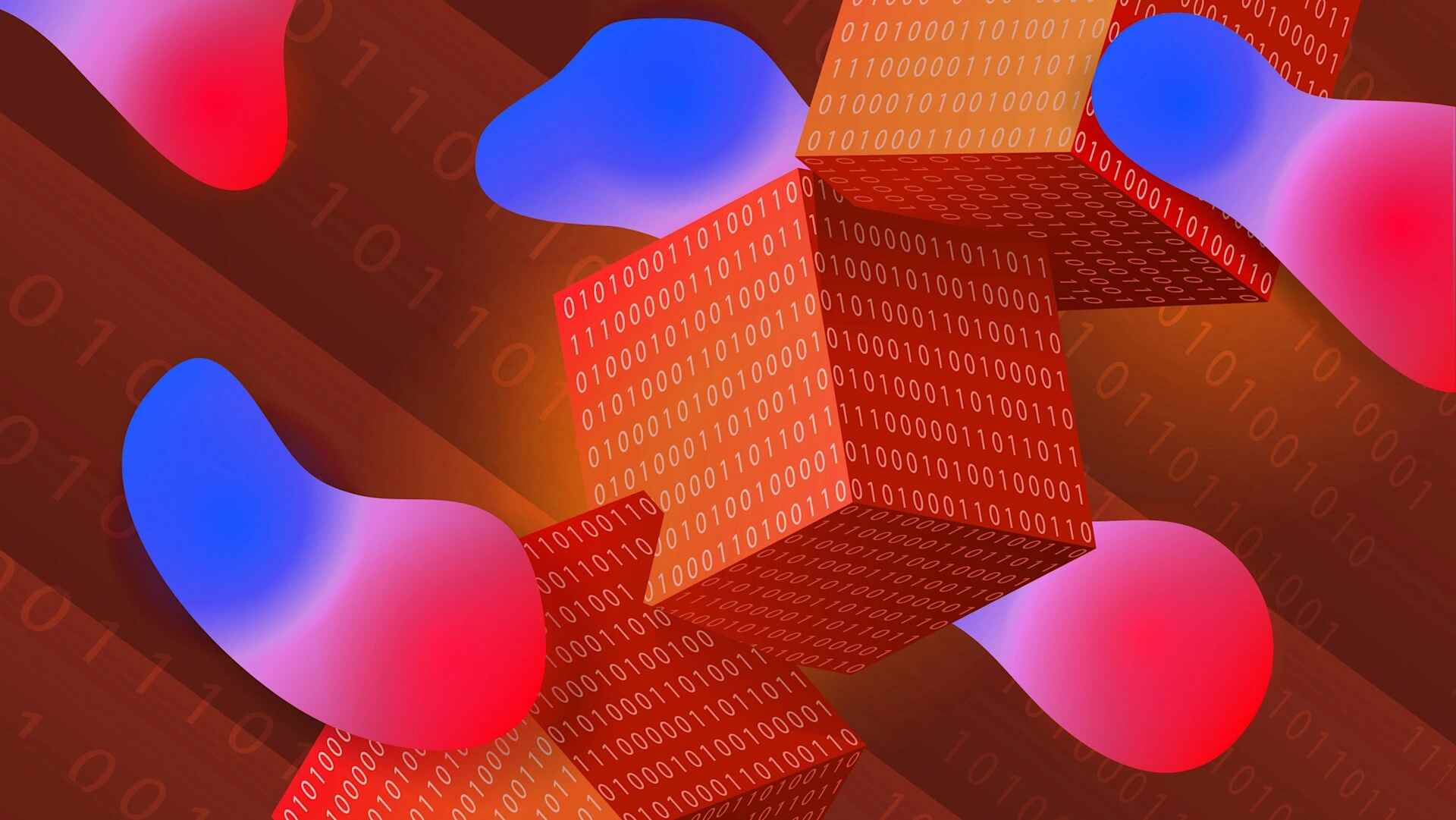- | 10:00 am
Without AI, cybersecurity would be impossible, says Proofpoint’s CEO
Sumit Dhawan, CEO of Proofpoint, discusses leveraging AI and a human-centric approach to cybersecurity and the rise of ransomware and phishing attacks in Arabic

The global cybersecurity landscape is complex and ever-changing, with new vulnerabilities and threats almost daily. Technology significantly protects organizations, but the human element is equally crucial.
Sumit Dhawan, CEO of Proofpoint, says the key to effective protection is focusing on AI and the human element.
“Cybersecurity used to be about ensuring the bad stuff never happens. But today, threats are much more sophisticated. Attackers are no longer simply targeting infrastructure; they’re targeting people,” says Dhawan. “Socially engineered attacks are easy to create, and the rewards can be significant—whether through ransomware or business fraud. Our approach places humans at the cybersecurity center to prevent these attacks before they even begin.”
While traditional cybersecurity players focus on detecting and responding to threats after infiltrating an organization’s infrastructure, Dhawan says Proofpoint, which offers protection across various facets of cybersecurity, including email security, third-party risk management, browser security, and social engineering threats, “complements other players by preventing threats from reaching their targets in the first place.”
“Enterprises need both layers—prevention and detection—to build a resilient cybersecurity strategy,” he says.
ADDRESSING REGIONAL CHALLENGES
The Middle East region presents unique cybersecurity challenges. According to Dhawan, one of the most notable challenges is the rise of ransomware and phishing attacks in Arabic, a language previously a barrier for threat actors. “Three to five years ago, the language barrier was enough to deter cybercriminals from targeting Arabic-speaking regions. But now, with advanced language models, that barrier has disappeared, and Arabic has become one of the fastest-growing languages in cyberattacks.”
Furthermore, the region’s rapid digital transformation and cloud adoption have introduced new vulnerabilities. “When cloud technologies first emerged, the industry relied on a patchwork of point solutions to address new threats,” Dhawan says.
With the growing need for a more unified approach, he adds, Proofpoint’s human-centric approach is positioned to provide a comprehensive solution for these evolving risks.
The company is also focused on talent development. Over the past three years, it has increased its local cybersecurity workforce by 30% annually. “The demand for cybersecurity expertise is growing, and we’re committed to providing the right solutions and contributing to the growth of local talent,” says Dhawan. This investment extends to building a regional network of 550 local partners.
BUILDING RESILIENCE
According to Dhawan, the biggest risk in cybersecurity isn’t just technical—it’s human. That’s why the company focuses on creating ongoing, personalized training for employees to help them recognize threats when they encounter them. “The company’s platform uses threat simulations and behavior-change strategies to reinforce security awareness continuously.”
It tailors security training and simulations to the specific threats an employee will likely face based on their role and communication patterns. Using data on previous threats, Dhawan says Proofpoint can create personalized training campaigns that help users develop resilience and identify and ignore malicious attempts before they act.
AI plays a critical role in cybersecurity strategy by analyzing massive amounts of communication data and detecting patterns otherwise impossible for human analysts to catch. “Without AI, cybersecurity would be impossible,” Dhawan says. “AI enables us to detect and prevent emerging threats at an unprecedented scale. It learns from past patterns and evolves to counter new threats faster than any human team could.”
“Language models are incredibly powerful at detecting intent,” says Dhawan. “They allow us to identify malicious messages, even if the attacker tries to rewrite them to bypass traditional defenses,” he adds.
The global cybersecurity landscape is complex and ever-changing, with new vulnerabilities and threats almost daily. Technology significantly protects organizations, but the human element is equally crucial.
Sumit Dhawan, CEO of Proofpoint, says the key to effective protection is focusing on AI and the human element.
“Cybersecurity used to be about ensuring the bad stuff never happens. But today, threats are much more sophisticated. Attackers are no longer simply targeting infrastructure; they’re targeting people,” says Dhawan. “Socially engineered attacks are easy to create, and the rewards can be significant—whether through ransomware or business fraud. Our approach places humans at the cybersecurity center to prevent these attacks before they even begin.”
While traditional cybersecurity players focus on detecting and responding to threats after infiltrating an organization’s infrastructure, Dhawan says Proofpoint, which offers protection across various facets of cybersecurity, including email security, third-party risk management, browser security, and social engineering threats, “complements other players by preventing threats from reaching their targets in the first place.”
“Enterprises need both layers—prevention and detection—to build a resilient cybersecurity strategy,” he says.
ADDRESSING REGIONAL CHALLENGES
The Middle East region presents unique cybersecurity challenges. According to Dhawan, one of the most notable challenges is the rise of ransomware and phishing attacks in Arabic, a language previously a barrier for threat actors. “Three to five years ago, the language barrier was enough to deter cybercriminals from targeting Arabic-speaking regions. But now, with advanced language models, that barrier has disappeared, and Arabic has become one of the fastest-growing languages in cyberattacks.”
Furthermore, the region’s rapid digital transformation and cloud adoption have introduced new vulnerabilities. “When cloud technologies first emerged, the industry relied on a patchwork of point solutions to address new threats,” Dhawan says.
With the growing need for a more unified approach, he adds, Proofpoint’s human-centric approach is positioned to provide a comprehensive solution for these evolving risks.
The company is also focused on talent development. Over the past three years, it has increased its local cybersecurity workforce by 30% annually. “The demand for cybersecurity expertise is growing, and we’re committed to providing the right solutions and contributing to the growth of local talent,” says Dhawan. This investment extends to building a regional network of 550 local partners.
BUILDING RESILIENCE
According to Dhawan, the biggest risk in cybersecurity isn’t just technical—it’s human. That’s why the company focuses on creating ongoing, personalized training for employees to help them recognize threats when they encounter them. “The company’s platform uses threat simulations and behavior-change strategies to reinforce security awareness continuously.”
It tailors security training and simulations to the specific threats an employee will likely face based on their role and communication patterns. Using data on previous threats, Dhawan says Proofpoint can create personalized training campaigns that help users develop resilience and identify and ignore malicious attempts before they act.
AI plays a critical role in cybersecurity strategy by analyzing massive amounts of communication data and detecting patterns otherwise impossible for human analysts to catch. “Without AI, cybersecurity would be impossible,” Dhawan says. “AI enables us to detect and prevent emerging threats at an unprecedented scale. It learns from past patterns and evolves to counter new threats faster than any human team could.”
“Language models are incredibly powerful at detecting intent,” says Dhawan. “They allow us to identify malicious messages, even if the attacker tries to rewrite them to bypass traditional defenses,” he adds.






































